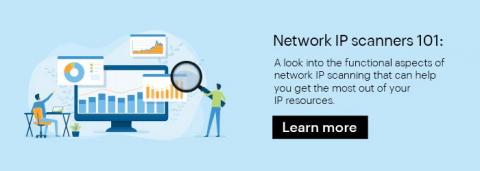Security | Threat Detection | Cyberattacks | DevSecOps | Compliance
Monitoring
Desktop Central featured in 2021 Gartner Peer Insights Customers' Choice for UEM
At ManageEngine, customer satisfaction is not just a promise, but also a driving force behind everything we do. From resolving bugs to delivering a seamless experience, we always look forward to hearing what our users think about our solutions. That’s why we’re delighted to announce that ManageEngine Desktop Central has been recognized as a Gartner Peer Insights Customers’ Choice for Unified Endpoint Management Tools. To all of our customers who reviewed us, we want to say thank you!
ManageEngine makes the cut again for unified endpoint management
There’s no doubt in my mind that Gartner Midmarket Context: Magic Quadrant report is the most important of all Magic Quadrants up to this point. With COVID-19 forcing a large amount of the workforce worldwide to move from their offices to work-from-home environments, unified endpoint management and security has been essential in enabling businesses to continue to operate securely. At ManageEngine, we are constantly evolving our solutions to meet these dynamic market needs.
When Your Organization Should Adopt Centralized Logging
Most security pros know the value of log data. Organizations collect metrics, logs, and events from some parts of the environment. But there is a big difference between monitoring and a true centralized log management. How can you measure the effectiveness of your current logging solution? Here are four signs that it’s time to centralize log management in your organization: This post is based on content from the new Devo eBook The Shift Is On.
You Should Be Automating Your Data Flow Map
Mapping and cataloging personal information collected from users is time-consuming. It is error-prone, and relies on hunting down information from multiple departments. For many teams, creating an accurate data flow map will be the hardest part of completing GDPR Article 35's data privacy impact assessment (DPIA) or any privacy impact assessment (PIA). Even for smaller businesses with limited departments and fewer software offerings, determining how data exists and how it moves can be a challenge.
The what, why, and how of using network IP scanners in IP-centric IT infrastructures
A simple command-line interface (CLI) ping will give you details about your target IP address. However, you may have to input the ipconfig command, and then the arp-a command to fully discover the status of an IP, and this is just for one IP address. Now imagine doing this for an IP block of 300 IPs, or even 50 IPs, or doing the same task periodically to manage your IP pool of thousands of addresses and their metrics. Seems like an Herculean task for any network admin!
Employee Productivity Solution For Remote Workers
Remote work gives employees the opportunity to avoid lengthy commutes and work more flexible schedules. It also allows employers to reduce overhead costs and hire from a larger pool of applicants since employees no longer need to live locally to qualify. But of course, there are some downsides to remote work as well. There are far more distractions at home, so many remote workers find it difficult to stay focused during work hours.
Six trends in operations management for 2021
Best Server Monitoring Software Tools
If you don’t know the state of your network and server health every second of the day, you’re like a blind pilot inevitably headed for disaster. Fortunately, the market now offers many good tools, both commercial and open source, for network and Windows Server monitoring. We’ve put together a list of best open source, free and paid Windows Server monitoring tools that have proven their value in networks of many sizes.
Features to check for in a network scanner for enterprise networks
Network scanners have become an integral part of every IT admin’s first line of defense against security breaches. Using the right network scanner tool to conduct effective network reconnaissance and diagnosis enables you to pinpoint network issues that can escalate to security risks and network mishaps. A typical network scanner would allow you to scan a range of IP addresses sequentially, and display the active devices within that address block.











